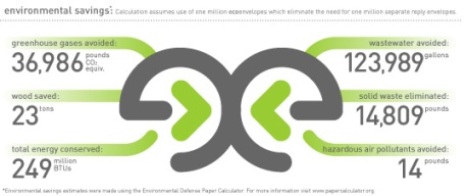
You have information to share. Wonderful and insightful knowledge about your business and changing industry. You are an expert. You are smart, alert, and creative when dealing with change. With RSS you can share that knowledge with the world 24/7. According to the a recent article by RISMedia, RSS allows you to become the information source and the authority of your profession, virtually distributing it to the desktop of the very people you want to reach.
In the past year “RSS Feed” has become a very popular buzz word in Internet marketing. Questions like “What is RSS?” and “Why do I need RSS?” are commonly heard at industry conferences and coffee shops around the world.
What is RSS?
Really – Simple – Syndication.
RSS may be defined as being simple, yet the concept and application of RSS is anything but simple. An RSS feed at the most basic concept level collects content on the Web and categorizes it into a simple structure so that another person can easily download the content and be notified of when it is updated.
The technology can be used for many purposes:
– Product information
– Opinion and observation articles
– Business and professional tips
– Travel logs
– Press releases
– Personal and professional journals
As a business owner, RSS gives you many advantages in distributing your information online and promoting it to the right demographic.
Easier Distribution: RSS doesn’t have the many pitfalls of mail or e-mail marketing. There are no permission lists or databases to maintain. Everyone subscribes by choice and has complete control over the distribution of your information to them.
Control of Information: RSS supports the ability of teaser paragraphs and introductory information. You don’t need to send out everything through RSS- which allows you to include links to other information, lead generation forms, and industry partner information that is hard to squeeze into one communication.
“Pull” or demand marketing, rather than PUSH: Subscribers are in complete control. They don’t endlessly worry at six o’clock that they are going to get a telemarketing call interrupting personal time. If they choose- they can get more information or simply cancel the subscription. Giving control of this process increases the quality of distribution channel and strengthens the relationship.
Link-building, traffic, and promotion: everyone wants more traffic and eyes viewing their site information. By including links within articles going out on RSS feeds, a percentage of readers will be pulled back to the main site and source of the information. This means that one newsletter distributed via RSS could result in a reader flipping through ten pages of your site: which means more education, better branding, and a possibility of having a new client.
Up-to-date content: One of the main reasons that RSS (which is supported by blogs, community sites, and other social media) has gained popularity is that users have learned that 95% of the content is recent information. Rather than read about last weeks news, RSS subscribers are reading today’s news. If you compared it- it is just like have the nightly news on your desktop, laptop, or mobile phone 24 / 7 on demand.
Search Engine Marketing with RSS
Before you run out and get a RSS feed setup on your site, understand a critical item in having one. The words you choose for your RSS feed name, description, and source files are very important.
If you are a real estate broker, you probably know that having a domain for your site such as “newyorkrealestate.com” will drive traffic to a New York real estate office. The same is true of RSS feeds.
When naming the file structure of your RSS feed-don’t choose something like “tomsdailynewsartcles,” but choose a detailed three to four keyword phrase for your feed. It will help you rank for those key phrases. If you have several areas of content, more strategic uses of search marketing are possible by using multiple RSS feeds for your search marketing goals.
Getting People to Subscribe to a Feed
Feeds should be prominently displayed on your site with a call to action to subscribe. Users can use many different methods to read your feed, including built-in services in an Internet browser, e-mail application, or mobile phone. As your audience subscribes to the various RSS feeds on your site, those subscribers help add to the overall recognition and strength of how your site produces natural, organic traffic through multiple sources. An important call to action on any site, newsletter, or feed is to encourage current readers to share the information and articles with like-minded friends and associates. Full Story







